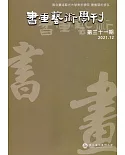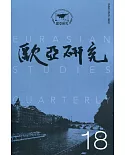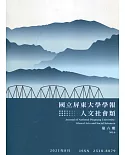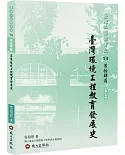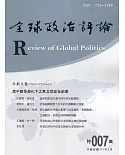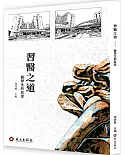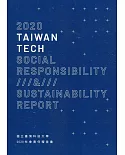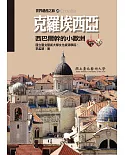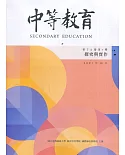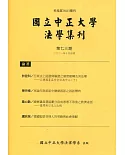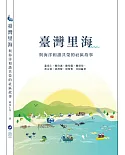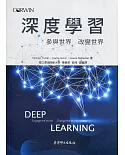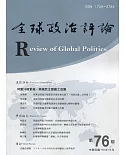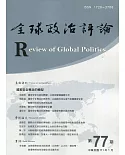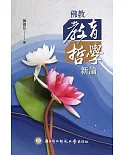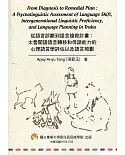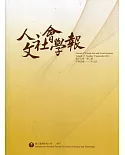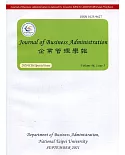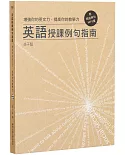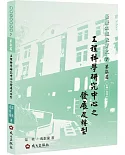Prologue
This volume deals with the transformation of Taiwan, particularly during the latter half of the twentieth century, and it does so from a historical perspective. But what do we mean by these
two words: Taiwan and transformation?
Part I
First, in terms of its culture and society, Taiwan must be regarded as a Chinese community. And yet it is more than this—it is the Chinese community par excellence. Therefore, we can analyze
its “transformation” first in this cultural arena. The majority of Taiwanese are descendants of immigrants from the coastal regions of Fujian and Guangdong. As we shall see, these Taiwanese
initially regarded the Mainland as their cultural and spiritual homeland. Chapter 1 deals with the vicissitudes of Taiwanese nostalgia for this cultural China, particularly in the period of
Japanese colonization from 1895 to 1945. These feelings of cultural nostalgia swelled in Taiwan as a result of Japanese oppression. Ironically, they then very quickly waned under the harsh
abuses of Chinese rule. Adding to the irony, this nostalgia for an idealized China all but evaporated precisely at the moment when Taiwan’s dream of joining the mother country was realized.
This drastic change in Taiwanese sentiment was due largely to the corruption, discrimination, and abuses of power of the Nationalist government in 1950s. In the first chapter, we will consider
political corruption and social oppression quickly led to the evaporation of any cultural nostalgia for the Mainland.
In the cultural arena, the transformation occurred primarily through Confucianism. In chapter 4, I identify three approaches to the study of Confucianism in postwar Taiwan: historical,
philosophical (the “history of ideas”), and sociological. Drawing on questionnaires and statistical data, the latter approach was concerned with the actual contemporary situation in Taiwan and
the survival of Confucian values in its society. The propagation of Confucian values in postwar Taiwan took place at two levels: official (through schools, government-sponsored publications,
and social movements) and popular (largely spread through pamphlets published by local folk religion groups). At the official levels, the propagation of Confucian norms was strongly
politicized: it was combined with modern nationalist sentiments and was promoted partly in response to anti-Confucianist movements in Mainland China(especially during the Cultural Revolution).
Despite these limited official aims, it can be said that Confucian scholars in Taiwan were still able to think and write freely, unfettered by overt official constraints.
Among the contemporary neo-Confucians in postwar Taiwan and Hong Kong, Xu Fuguan (1902–1982) stands out as a prominent figure. Chapter 5 examines the role Xu played in the intellectual
history of China and Taiwan. Pondering China’s prospects for the future, Xu identified himself as (1) of the people, (2) practical-minded, and (3) based in the agrarian lifestyle. He formulated
this identity in light of his study of Chinese culture. “Of the people” meant that he believed in setting up the people as the main political body, and thus he felt that China’s future lay in
democratic government. By “practical-minded,” he meant that he approached China’s Confucian tradition critically, with a view to putting its principles into practice, rather than being
interested in formulating a transcendental or formalistic philosophy. As for being “agrarian-based,” Xu’s vision of China’s future politics was that it should be established in the
owner-cultivator class. Xu regarded these three aspects of his identity as complementary, not mutually exclusive. If China’s hope for future development lay in establishing the people as the
main body of government, then the development and practice of Confucian principles had to go hand in hand with democratic rule. He felt that this practical particularly the ranks of toiling
farmers and workers. Furthermore, democratic government had to be built upon the practical Confucianism implemented by the rural owner-cultivator class.
Second, the historic transformation of postwar Taiwan can be observed in Taiwan’s transition from an agrarian to an industrial society. Chapter 2 discusses the transformation of Taiwan’s
infrastructure. We will discover three key phenomena in Taiwan’s postwar development: (1) the emergence of the owner-cultivator class; (2) the rise of the middle class; and (3) the expansion of
the middle-class intelligentsia. These three social phenomena all revolved around Taiwan’s transition from an agrarian to an industrial society. The emergence of the ownercultivator class came
earliest, giving rise to the middle class and then the expansion of the middle-class intelligentsia during the 1970s.
Postwar agricultural renewal and the resulting economic development began with a series of land reform policies. The first was the 37.5 percent rent reduction policy implemented in 1949,
followed in 1952 by the policy of offering public lands for sale. Then in 1953, the“Land to the Tiller” policy was launched, which sought to rebalance Taiwan’s inequitable land ownership. This
series of land reform measures had a far-reaching effect on Taiwan’s rural society. It reformed the old system of land tenure, boosted the owner-cultivator class, transferred land investment to
industry and commerce, and stimulated increased agricultural production, thus laying the foundation for industrial development.
Beginning in 1953, a new agricultural policy was launched in Taiwan based on the principle of mutual promotion between agriculture and industry. Under this guiding principle, the agricultural
policy during the next twenty years (until 1972) could be described as a “developmental squeeze”: measures were adopted to promote the expansion of agricultural production, while creating a
surplus of manpower and materials which was then transferred out to non-agricultural sectors. From 1895 to 1960, most capital flowed into non-agricultural sectors, paving the way for rapid
industrial expansion in the late 1960s. The developmental shift from agriculture to industry in postwar Taiwan set into motion a number of social and cultural changes, such as rapid
urbanization, population growth and demographic shifts, increased social mobility, expansion of educational opportunities, and expanded women’s rights and opportunities.
Some scholars hail these major postwar transformations as hallmarks of Taiwan’s “economic miracle.” Yet, as we shall see in chapter 3, this miracle has resulted in the loss of folk
traditions, by shifting the collective social consciousness of Taiwan’s farmers away from a traditional moral economy (imbued with interpersonal, social feeling) toward a profit-oriented
individualistic approach. This shift in values—as measured by attitudes toward landlords and the farmers’ associations—resulted from the penetration of outside forces, first under Japanese
colonial rule and later under Kuomintang (KMT) rule, into what were basically self-sufficient farming communities. On the one hand, this transformation was a natural part of Taiwan’s overall
shift from agriculture to industry. On the other hand, the transformation was not entirely positive. Something was lost with the passing of the peasant community, and individual farmers were
cast adrift into the unknown waters of capitalist society, without a clear compass of cultural values.
Thus the so-called miracle in postwar Taiwan led to chain reactions associated with the shift in the mode of production. Culture, attitudes, and thought all changed, and Taiwan leaped from a
traditional, hierarchical society into a twentieth-century individualist, egalitarian society.


